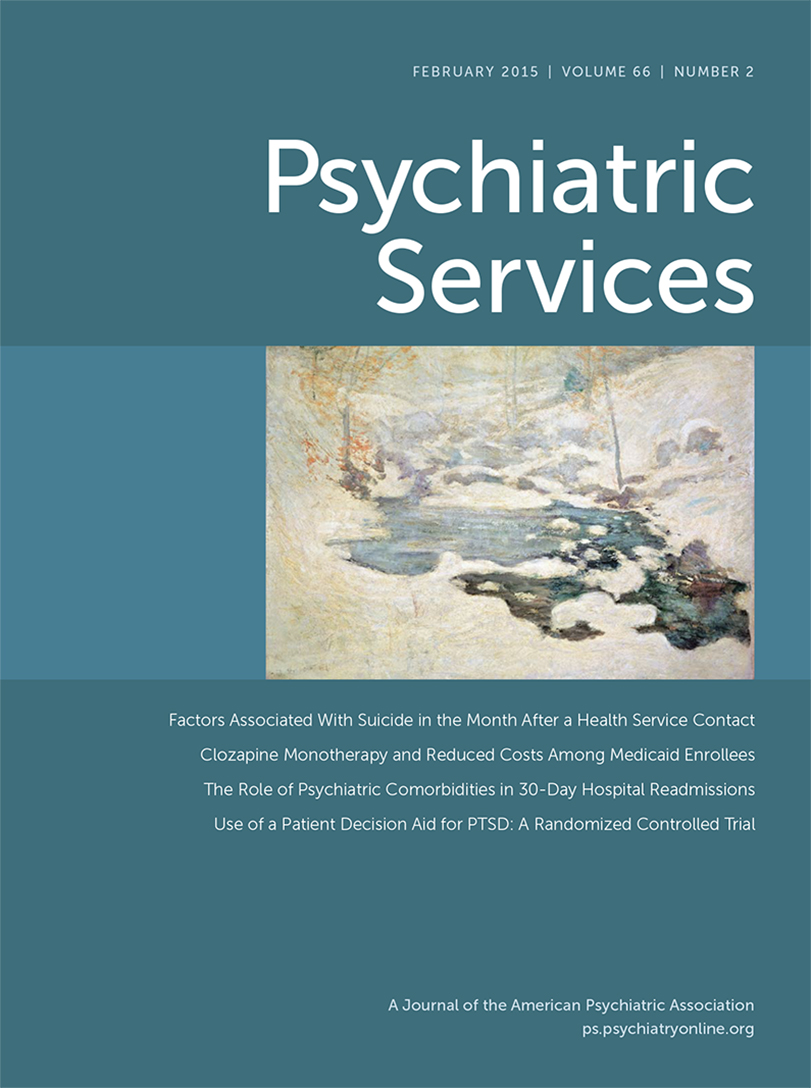Patient-Centered Mental Health Care for Female Veterans
Abstract
Objective:
Mental health services for women vary widely across the Veterans Health Administration (VHA) system, without consensus on the need for, or organization of, specialized services for women. Understanding women’s needs and priorities is essential to guide the implementation of patient-centered behavioral health services.
Methods:
In a cross-sectional, multisite survey of female veterans using primary care, potential stakeholders were identified for VHA mental health services by assessing perceived or observed need for mental health services. These stakeholders (N=484) ranked priorities for mental health care among a wide range of possible services. The investigators then quantified the importance of having designated women’s mental health services for each of the mental health services that emerged as key priorities.
Results:
Treatment for depression, pain management, coping with chronic general medical conditions, sleep problems, weight management, and posttraumatic stress disorder (PTSD) emerged as women’s key priorities. Having mental health services specialized for women was rated as extremely important to substantial proportions of women for each of the six prioritized services. Preference for primary care colocation was strongly associated with higher importance ratings for designated women’s mental health services. For specific types of services, race, ethnicity, sexual orientation, PTSD symptoms, and psychiatric comorbidity were also associated with higher importance ratings for designated women’s services.
Conclusions:
Female veterans are a diverse population whose needs and preferences for mental health services vary along demographic and clinical factors. These stakeholder perspectives can help prioritize structural and clinical aspects of designated women’s mental health care in the VHA.



